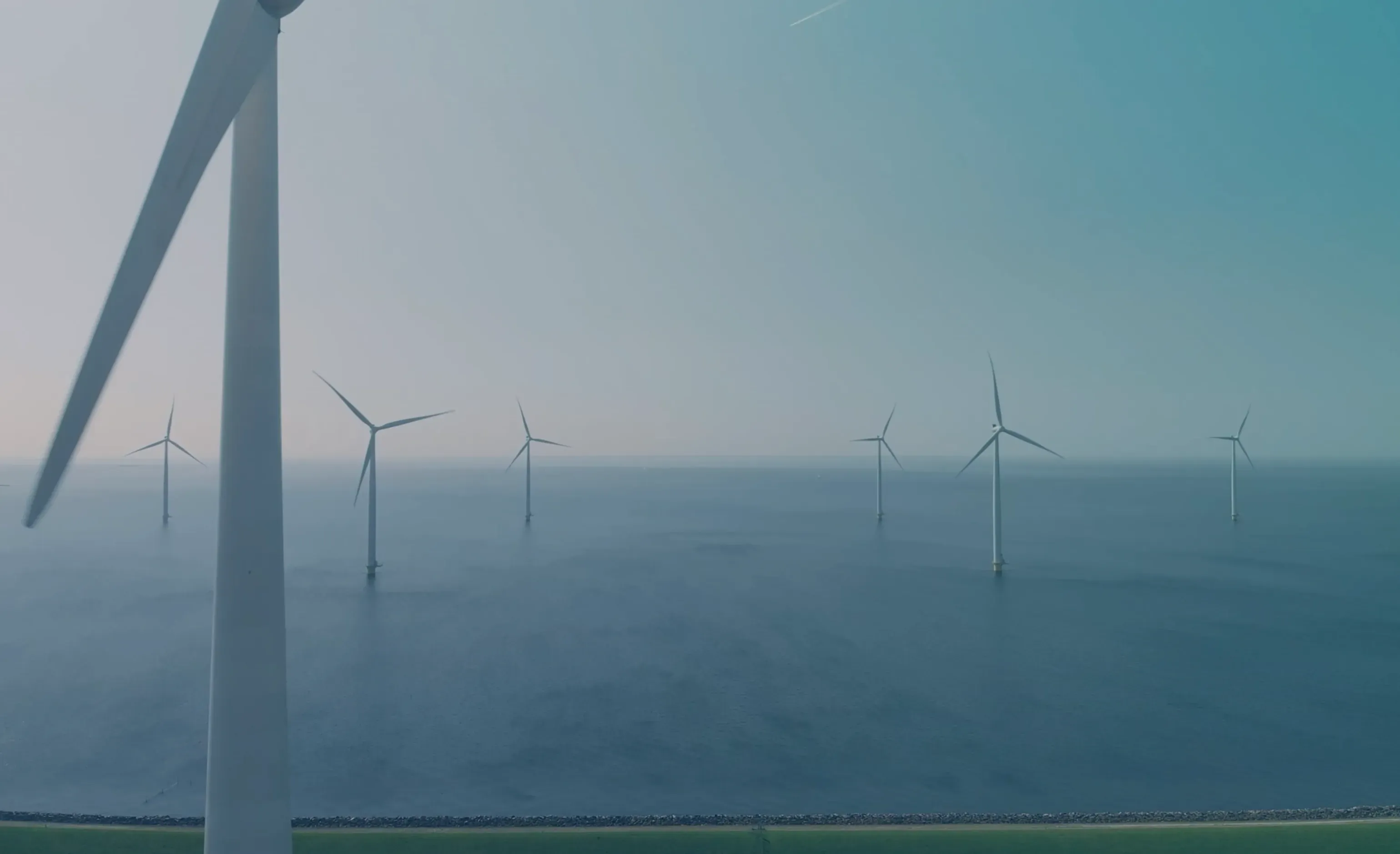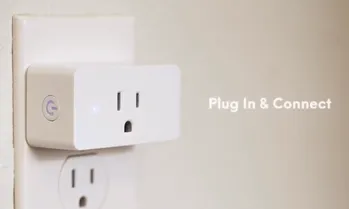RWE is expanding its battery storage activities in the Netherlands with innovative technology to enhance grid stability. At the location of its own power station in Moerdijk, the largest energy producer in the Netherlands has begun installing a ultrafast battery storage system. The battery has a capacity of 7.5 megawatts (MW) and an energy storage capacity of 11 megawatt-hours (MWh). The system will protect the electricity grid against large frequency deviations by providing or absorbing electricity at lightning speed. This function is called inertia.
OranjeWind
The battery in Moerdijk is part of the system integration solutions that are part of OranjeWind, the Dutch offshore wind project developed by RWE together with its partner TotalEnergies.
"Our new battery is innovative because it does more than just store energy. With this project, we are testing the delivery of inertia via a battery storage system in the continental European grid. Such systems will play an important role in balancing modern electricity grids in the future. Especially as we increasingly shift to renewable energy and decentralized energy systems across Europe."
- Marinus Tabak, COO of RWE Generation and RWE Country Chair for the Netherlands
Battery Storage Systems
In energy systems with primarily conventional generation, momentary reserves are mainly provided by the inertia of the rotating mass of conventional power stations, such as coal-fired power plants. As conventional production plants are replaced by renewable energy sources, the number of rotating generators decreases. Battery storage systems can compensate for this loss of synchronous inertia in the electricity grid.
At the Moerdijk Power Station, RWE is installing three lithium iron phosphate battery containers for the battery storage system, which will be connected to the high-voltage network via the existing connection point. Thanks to a highly reactive control technology and inverters with grid-forming functionality, the battery storage system can immediately provide reserve capacity. The grid-forming feature refers to the ability to take over important functions traditionally performed by conventional power stations to ensure a stable and reliable electricity grid.
After commissioning in late 2024, the system will be tested for two years during this pilot phase. During this period, network operator TenneT as a project partner will further develop the technical requirements and grid-conformity procedures for the grid-forming function.
Energy Transition
As an advocate of the energy transition, RWE is developing, building, and operating battery storage systems in the United States, Europe, and Australia. The company currently operates battery storage systems with a total capacity of 0.7 gigawatts (GW) and has more than 1 GW worth of projects under construction worldwide. RWE plans to expand its global battery storage capacity to 6 GW by 2030 as part of its 'Growing Green' strategy.
The battery storage facility in Moerdijk is the second battery that RWE is building in the Netherlands: The company began construction on a battery storage facility in Eemshaven this year, with an installed capacity of 35 MW and an energy storage capacity of 41 MWh.
IKEA Introduces Smart Plug to Measure Your Energy ConsumptionThe Solution for Future Energy May Be MayoHow Dutch Data Centers Plan to Save EnergyHouses Become Gigantic Accus in Their Own Right with Special InsulationSolar Panels Have Done Their Best: Setting a Record in Solar Energy Generation












